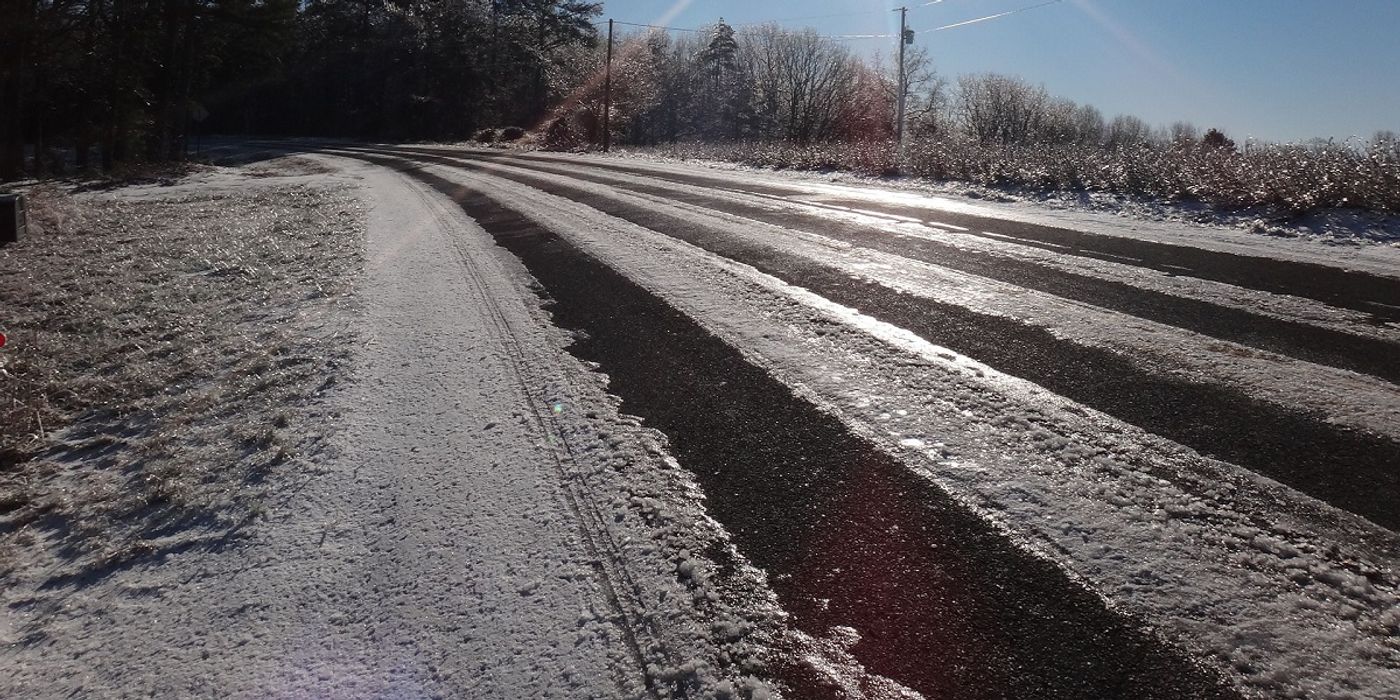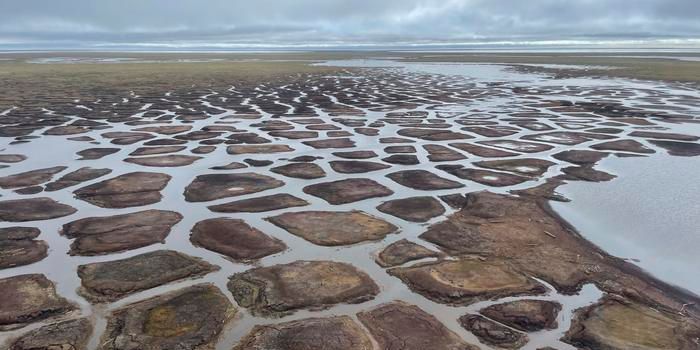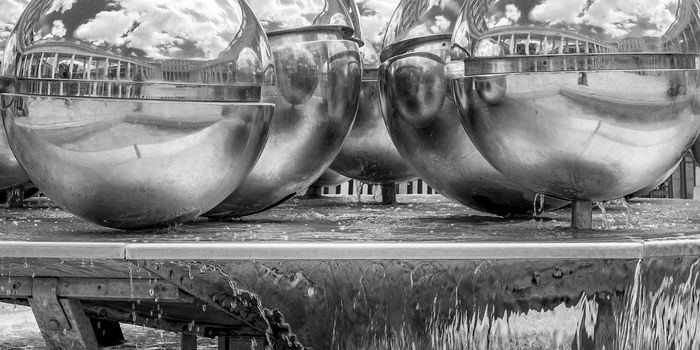Negative Effects of Road Salt
As the weather gets colder, snow begins to fall, and the roads get icy. Soon, the plows will be out in force, pushing snow, and salting roads. Road salt is a relatively new product. It became popular after WWII and has since increased in popularity across the country and the world. Across the US, we apply about 25 million metric tons of road salt a year, tripling over the past forty-five years. But using so much road salt can have negative effects on the environment.
The obvious effects are increased salt levels in soils adjacent to roads, but salt is also soluble in water, and flows down sewer drains or roadside ditches into rivers, our drinking water reservoirs, and potentially into groundwater and drinking water aquifers. In some conditions, the salts can cause chemical reactions, having even worse impacts. For example, in groundwater with low pH in New Jersey, salt concentrations increased the mobilization of cancer-causing Radon into drinking water. Another example is the overuse of salt causing chlorides to corrode lead pipes in Flint, Michigan.
This change in water quality also changes the wildlife species that live in those places and can alter the quality of our water sources. Salts can decrease the biodiversity of aquatic animals and plants, but increase the growth of phytoplankton like cyanobacteria, which are the instigators in harmful algal blooms.
Besides the impact on our water quality, in some places, salting the road can lead to more animal-vehicle collisions with large animals like moose in areas where lots of salt is used. These deer most often visit in the summer, from May – July, not when road salt is being applied.
Another potential impact of road salt is the increased degradation of metals like iron. The same way road salt eats at the undercarriage of vehicles, road salt will damage historic cultural markers that have previously been covered in snow all winter. As the climate warms, new, more northern locations begin to use road salt, exposing Viking graves and Sami cultural heritage sites to salt damage.

Sources: University of Toledo, ACS EST Water, Science of the Total Environment, Canadian Journal of Zoology, Climate








